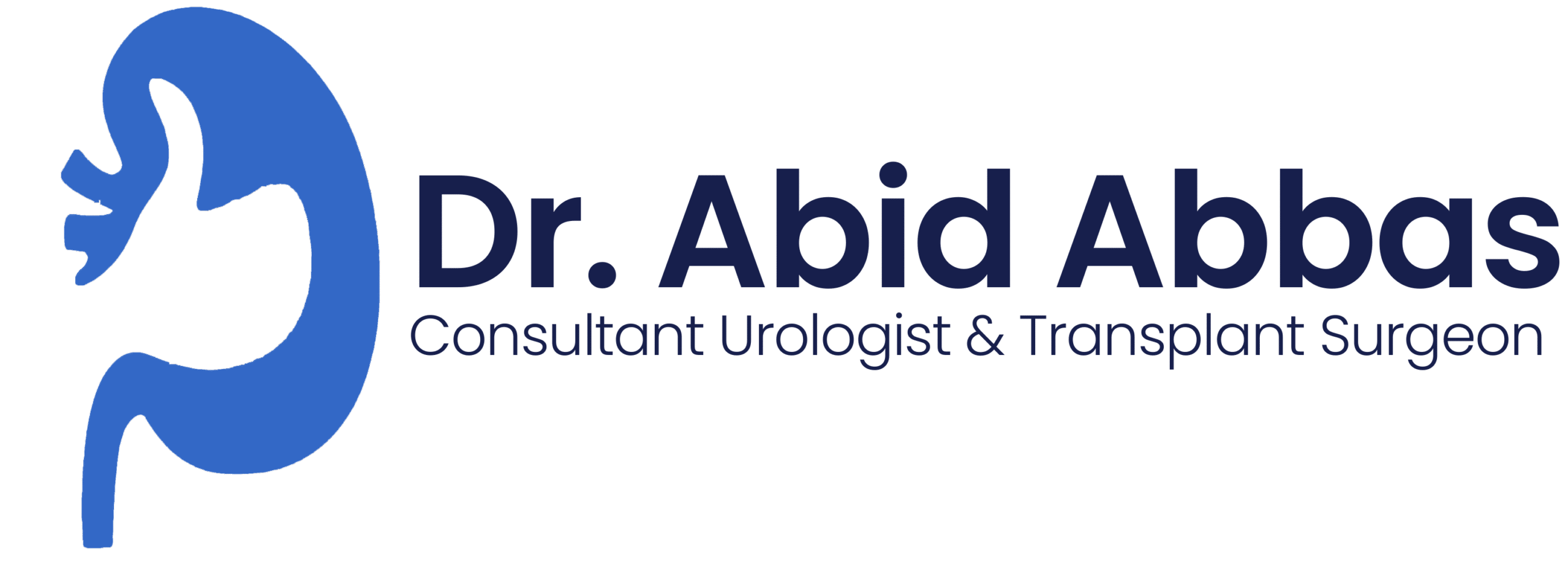What to Know About This Life-Changing Surgery
Facing a major health decision like bilateral salpingo-oophorectomy can be emotional and overwhelming. Whether it’s recommended for cancer prevention, treatment, or another health concern, understanding the procedure can help you feel more confident and prepared.
What Is a Bilateral Salpingo-Oophorectomy?
A bilateral salpingo-oophorectomy is a surgical procedure in which both ovaries and both fallopian tubes are removed. The term breaks down like this:
“Bilateral” – both sides
“Salpingo” – fallopian tubes
“Oophorectomy” – removal of the ovaries
This procedure can be done on its own or alongside a hysterectomy (removal of the uterus).
Why Is It Done?
BSO may be recommended for several medical reasons:
🔹 Cancer Prevention
Women at high risk for ovarian or breast cancer—especially those with BRCA1 or BRCA2 gene mutations—may choose BSO to dramatically lower their risk.
🔹 Cancer Treatment
BSO is a treatment for cancers of the:
Ovaries
Fallopian tubes
Uterus (in some advanced cases)
🔹 Endometriosis or Chronic Pelvic Pain
In severe cases that don’t respond to other treatments, BSO may provide relief.
🔹 Pelvic Infections or Ovarian Cysts
In rare or serious situations, infections or large cysts may require surgical removal of ovaries and tubes.
Frequently asked questions
A nephrectomy is a life-saving procedure for many patients with kidney disease or cancer. Advances in minimally invasive techniques have made recovery faster and safer. If you or a loved one is facing this surgery, consult a urologist or nephrologist to discuss the best approach.
Immediate Post-Op Care
Hospital Stay:
Laparoscopic: Same day or 1-night stay.
Open surgery: 2-4 days.
Pain Management: Prescription or OTC pain relievers, ice packs for swelling.
Activity Restrictions:
No heavy lifting (>10 lbs) for 4-6 weeks.
Avoid driving for 1-2 weeks.
Watch for Complications
⚠ Infection (fever, redness at incision site)
⚠ Bleeding or blood clots
⚠ Urinary issues (if bladder was affected)
1. Surgical Menopause (If Premenopausal)
Symptoms: Hot flashes, vaginal dryness, mood swings, bone density loss.
Management:
HRT (Hormone Replacement Therapy): Often recommended unless cancer risk is a concern.
Non-Hormonal Options: Antidepressants, vaginal moisturizers, calcium supplements.
2. Fertility & Sexual Health
Permanent infertility: No natural conception possible after BSO.
Libido Changes: Testosterone therapy may help some women.
3. Increased Health Risks
Heart Disease: Estrogen loss raises cardiovascular risks.
Osteoporosis: Bone density scans (DEXA) may be needed.
Follow-Up Scans: If performed for cancer, regular monitoring is crucial.
Lifestyle Adjustments: Heart-healthy diet, weight-bearing exercise, mental health support.
Support Groups: Connecting with others who’ve had BSO can help emotionally.
